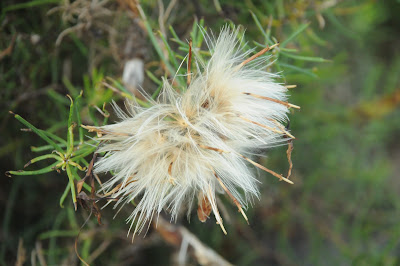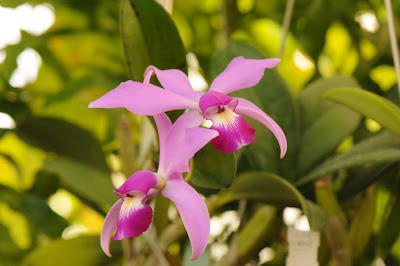Mutisias from Chile are quite amazing. Several species of the genus are climbing plants, forming small clumps or growing up or down for meters in my garden. The most reliable is Mutisia subulata, in 2-3 from the seeds the plants are blooming from spring to fall (at least end of November). This species need more humidity also in the wintertime than other relatives and it's happy even with -5/-6°C unprotected outside and can take also some snow.
 |
Some Mutisia species , like M. subulata, need could stratification.
|
 |
Mutisia subulata in flower.
|
 |
Mutisia subulata flovers and buds.
|
 |
Some of the seeds are viable.
|




